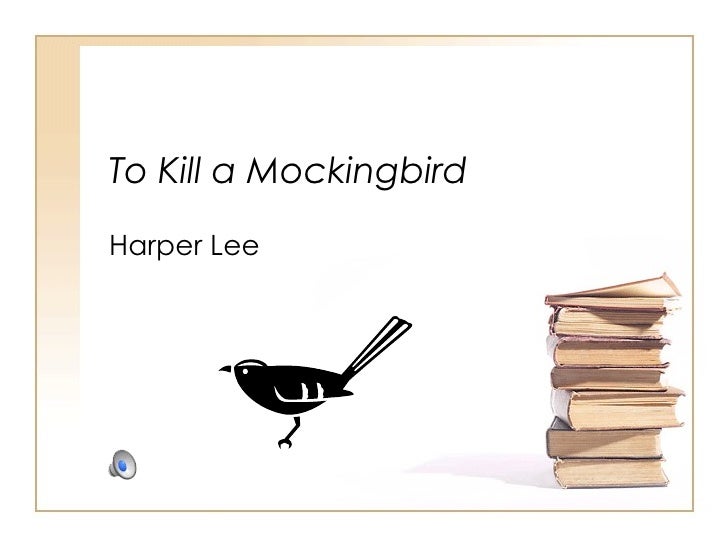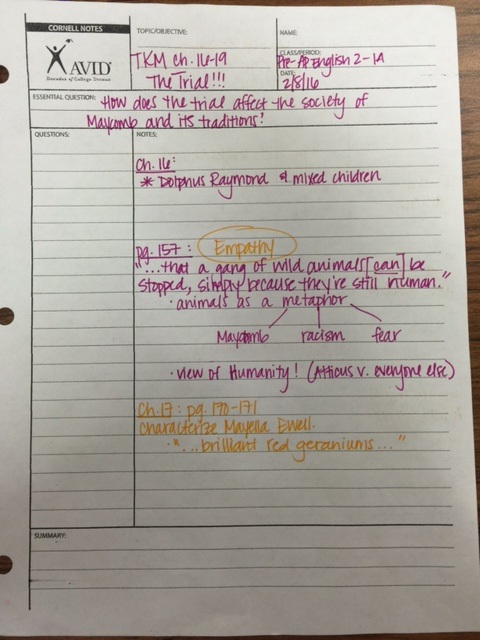
What is prejudice, after all? In this case, it doesn’t have to do with race necessarily-it’s more about how the children judge Boo, form a preconceived image of who he is, before they really know him.Īnd this happens to other white characters too-notably Walter Cunningham, a boy from a poor family who Aunt Alexandra straight up derides as “trash”. While they (particularly Jem and Dill) lowkey harass Boo by playing around his yard, re-enacting dramaticised versions of his life, and sending notes into his house with a fishing pole, they undoubtedly get drawn into the rumours as well: he was “six-and-a-half feet tall”, he “dined on raw squirrels” and he had a head “like a skull”. However, before any question of race is introduced, the children must confront their prejudices about Boo Radley, a local recluse who was rumoured to have attacked his parents.

Prejudice and Race in To Kill A MockingbirdĪll throughout the novel resonate messages of tolerance over prejudice. We’ll be going through the novel’s major themes, and also looking at it a bit more critically within the historical context of civil rights and racial justice struggles.īefore we dive into To Kill A Mockingbird, I'd highly recommend checking out LSG's Ultimate Guide to VCE Text Response.
#To kill a mockingbird annotations trial
The first part follows their childhood, and their interactions with characters such as Boo Radley, Walter Cunningham, Miss Caroline and Mrs Dubose, while the second part follows the Tom Robinson trial itself, testing the children on the moral lessons of their childhood and disillusioning them to the overwhelming racism of their community. The novel is narrated in two parts by his younger child, Scout, and along with her brother Jem and their friend Dill, she traces their upbringing as inspired by Atticus’ moral teachings of tolerance, courage and justice. Scout was exiled there until the lunch bell rang.Many lawyers today would cite this 60-year-old story as an inspiration-Harper Lee’s To Kill A Mockingbird is, at its core, the tale of one attorney’s quest against racial injustice in his Deep South home, and of his children coming of age in the shadow of their father. Miss Caroline, however, thought Scout was just being rude, so she swatted her hand with a ruler and made her stand in the corner. Cunningham had paid Atticus with farm goods rather than money. Scout was educated on the Cunningham's particular situation because Atticus had once helped Walter's father with a legal matter pertaining to his land, and Mr.

Scout knew that because Miss Caroline wasn't from Maycomb she wouldn't understand that Walter couldn't take the quarter she kept offering him because the Cunningham's didn't borrow what they couldn't pay back.

Then, just before lunch, Scout tried to helpfully explain to Miss Caroline that Walter Cunningham did not have a lunch with him because he was poor.
#To kill a mockingbird annotations how to
Rather than being proud of her or excited about such a bright pupil, Miss Caroline told Scout that she was not allowed to read with her father anymore because Atticus didn't know how to teach. Miss Caroline, Scout's very young first grade teacher from North Alabama, was surprised to find that Scout could read very well and even write in cursive. She had been waiting her whole life to go to school, but it turned out to be a great disappointment. Dill left soon after that to go back to Meridian, and it was time for Scout to go to school for the first time.


 0 kommentar(er)
0 kommentar(er)
